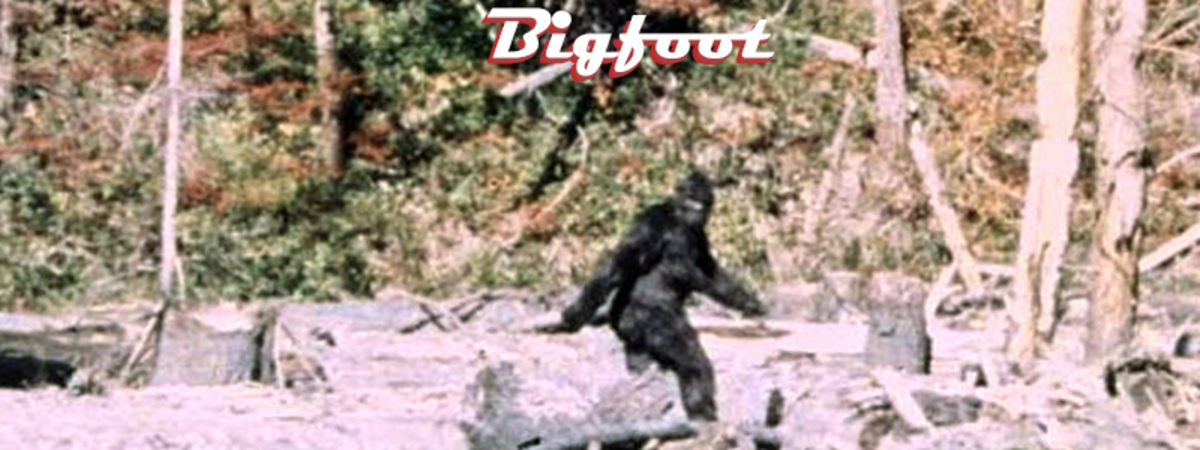- HubPages»
- Education and Science»
- Sociology & Anthropology»
- Folklore & Mythology»
- Legendary Creatures & Cryptids»
- Forest Creatures
Bigfoot - The Sasquatch Sightings
What Is Bigfoot?
Bigfoot is attributed to being a large creature with an ape-like appearance that is found mainly in regions of the Pacific Northwest and North America. This bipedal humanoid is often described as large in size and covered in hair.
Most reports describe Bigfoot ranging between six and ten feet high with a hairy ape-like appearance. Hair color is often characterized as either dark brown or dark reddish with a low set forehead with ridged brow, large eyes and the top of the head being crested. Bigfoot gets his name from the large footprints (24 inches long and 8 inches wide) that have been casted and attributed to the creature.
Those claiming encounters with Bigfoot mention a very strong and unpleasant smell associated with the animal.
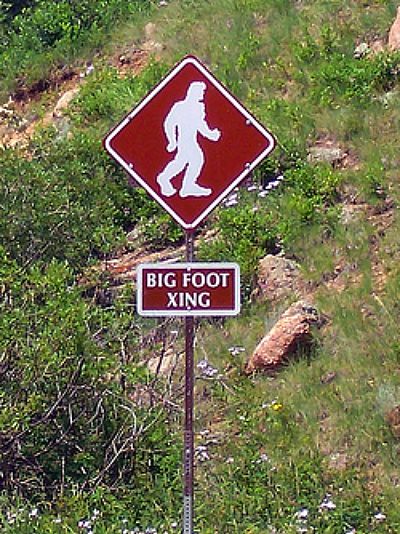
Paul Freeman Bigfoot Video
Is Bigfoot Real?
Most scientists consider it a Bigfoot hoax, in best light a misidentification or even folklore. Scientists in general do not consider Bigfoot to be a real animal and attribute that to population numbers required for breeding would prohibit the animal’s ability to remain hidden. Washington State zoologist John Crane has been quoted saying, “There is no such thing as Bigfoot. No data other than material that’s clearly been fabricated has ever been presented.”
Scientists also contend that the regions Bigfoot is purported to habitat would be unusual for a large primate when all other non-human primates are found in more tropical climates of Asia or Africa. The climate and availability of food in northern hemispheres where Bigfoot sightings occur would make the creatures survival in those areas unlikely. In addition there have been no verified remains of the Sasquatch found, scientists point out that for a Bigfoot to live they surely would die at some point.
However, not all scientists are Bigfoot doubters and will offer some support for the study of Bigfoot. They cite fossil remains of Gigantopithecus which has been found to be a giant ape. Though admittedly, most of their support comes in the form of keeping an open mind to the possibility and advocating further study rather than full fledged belief they exist.
Patterson Bigfoot Video
Bob Gimlin Bigfoot Sighting
Bigfoot Monster
Throughout history they have been legends of wildmen originating in all continents with the exception of Antartica. This was long before there was a common name given to the creature. They did vary in their details when compared between regions and even in cases of different family groups in the same community.
As an example, there are stories of Ts’emekwes (a localized Bigfoot version) told by the Lummi. The physical descriptions of the creature were similar, but details concerning its actions and diet varied among the families.
Other regional versions have creatures with not so peaceful natures. Children in these areas were told of a nocturnal race either stiyaha or kwi-kwiyai who would come in the night to carry them off should they utter their names. There were stories of wild supernatural, cannibalistic men (skoocooms) who made the peak of Mount St. Helens home.
Stories originating in Spokane, Washington from Reverend Elkanah Walker tell the legends of giants circulating among the local Native Americans in 1840. The giants would steal fish from the nets of fishermen and live on nearby mountain peaks.
Bigfoot Sighting?
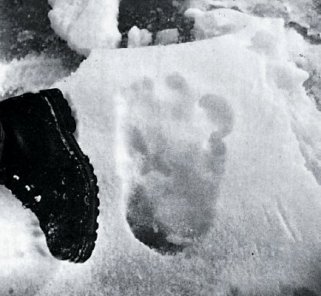
A Canadian newspaper writer J. W. Burns combined many of the local legends into articles during the 1920’s. He originated the term Sasquatch instead of using the various different names used in the varying languages. Most of those names with meanings along the lines of wild man and hairy man. By using the new term Sasquatch in articles, Burns popularized the name across regions of Canada and eventually into the United States.
The footprint phenomena began in 1951 when Eric Shipton found and photographed what he believed to be a Yeti footprint. As one can imagine this generated attention and brought the creature into the public awareness. Over the remainder of the decade Bigfoot’s notoriety grew and in 1958 Gerald Crew found and casted large footprints in Del Norte County, California that were believed to be from a Bigfoot.
1958 was the year that the Bigfoot phenomena really took hold. Organized searches were put together to find Bigfoot in North America and the Himalayas. As knowledge spread of the creature, Bigfoot sightings became more and more common.
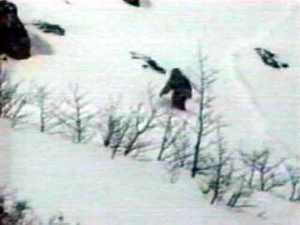
Bigfoot Sightings
The Pacific Northwest is home to approximately one third of the Bigfoot sightings and the remaining sightings are spread around the remaining parts of North America. There is a hypothesis among those advocates of Bigfoot that there is indeed a worldwide population of the creature.
1924 – In July of this year Fred Beck made the claim that he and four additional miners were indeed attacked by several creatures described as “apeman”. These creatures were throwing stones at their cabin. According to the men the attack was precipitated by one of the men shooting one of the creatures, after which the creatures attacked the men in their cabin with stones while trying to break in. This incident was reported widely throughout the papers of the time and the location came to be known as Ape Canyon, Washington.
1941 - Jeannie Chapman reported that she and her children narrowly escaped their home in Ruby Creek, British Columbia when under attack by a seven and a half foot tall Sasquatch.
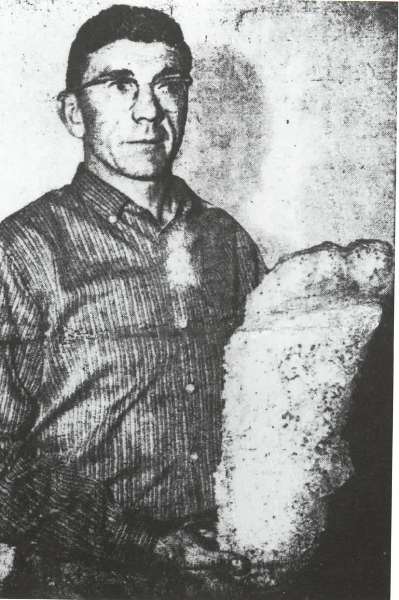
1958 – Jerry Crew a bulldozer operator took the cast of a large footprint to the local newspaper office in Bluff Creek, California. He and his fellow workers had been seeing the footprints around their work site and he had casted one of them. Later the children of Ray Wallace (brother of foreman Wilbur Wallace at the work site) came forward (after Ray’s death) with a pair of wooden feet measuring 16 inches which they say their father used when faking the Bigfoot tracks.
1967 – The famous film of Bigfoot captured by Roger Patterson and Robery Gimlin at Bluff Creek, California. The film was the best evidence to date of Bigfoot. However a friend of Patterson’s Bob Heironimus later admitted that he was in the film wearing an ape costume.
2007 – Rick Jacobs captures an image of a possible Bigfoot on September 16th using a camera device positioned on a tree that is automatically triggered through movements. The game commission in Pennsylvania examined the footage stating the creature was likely a bear suffering from mange. Other scientists have stated that the animals measurements do not match that of a bear but they can’t say with certainty that the picture is not a hoax.
Bigfoot Video Thermal Image of Sasquatch
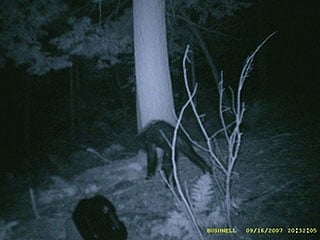
Dr. Jane Goodall Speaks on Bigfoot
Bigfoot Sightings Explained
Bigfoot skeptics often attribute Bigfoot sightings to either hoaxes or misidentification, in other words, mistaking another known animal or their tracks for a Bigfoot.
Examples experts cite when attributing Bigfoot sightings to misidentification of other animals include bears standing on their hind legs, giant ground sloth and in a recent case a bear with mange.
Both Bigfoot proponents and scientists readily agree that as many as 70% to 80% of the Bigfoot sightings or footprints are hoaxes. There have been recent cases where such as in 2005 when Tom Biscardi claimed access to a captured Bigfoot only to retract the statement a couple days later. In 2008 Rick Dyer and Matthew Whitten claimed to have discovered the body of a Bigfoot which they froze in a block of ice in their freezer. When thawed the block of ice contained only a hollow head and rubber feet, none of which belonged to an actual Bigfoot.
A speculative theory put forth by Grover Krantz and Geoffrey Bourne purports that Bigfoot is really a relict population of the Gigantopithecus. Even though the fossils for this creature have only ever been found in China, not Northern America where Bigfoot sightings occur. There are many other arguments against the Gigantopithecus theory ranging from size preventing it from being bipedal and incomplete fossil records to study.
A similar theory suggested by John Napier cites the possibility that Bigfoot may be a species of Paranthropus. It is similar to the Gigantopithecus theory, because no Paranthropus fossils have ever been found anywhere other than Africa.
Dale Graham Bigfoot Sighting
Does Bigfoot Exist?
Bigfoot Facts Not In Dispute
There have been reported sightings of large, man-like creatures covered with hair and walking upright for more than 400 years. Native American cultural history provides stories and beliefs which document descriptions matching current Bigfoot sightings. These sightings still continue to this day and often come from highly credible people.
As technology has advanced over the last 70 years there have been more casts of Bigfoot footprints and photographic evidence produced.
What these facts mean is where disputes arise. On one side advocates say this is evidence of a species that is very good at avoiding contact with humans. Critics will point to misidentification and hoaxes.
Who is right or wrong remains to be seen.
Bigfoot Resources
- Bigfoot Field Researchers Organization
Founded in 1995 -- The only scientific research organization exploring the bigfoot/sasquatch mystery.

